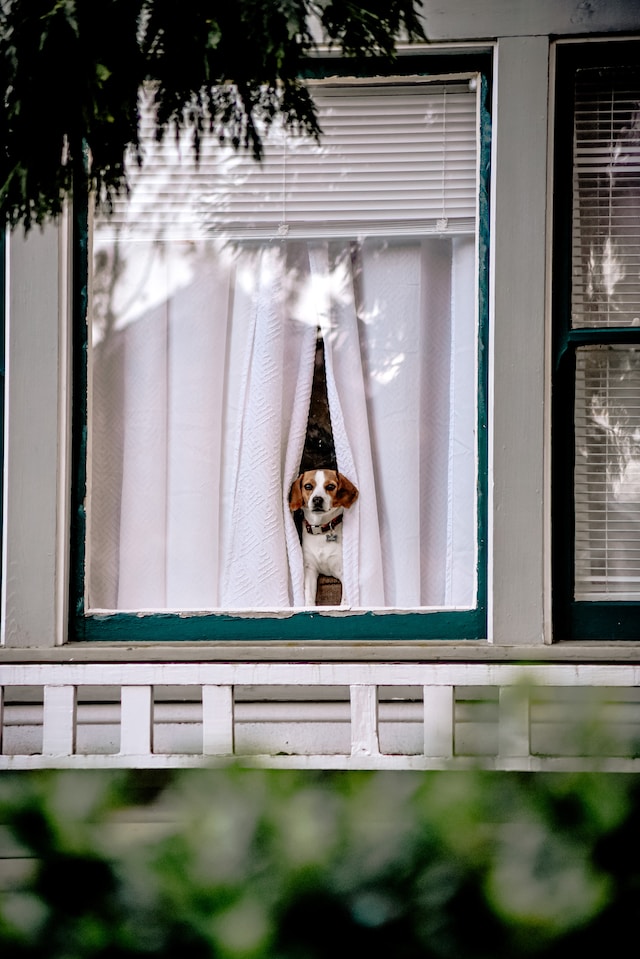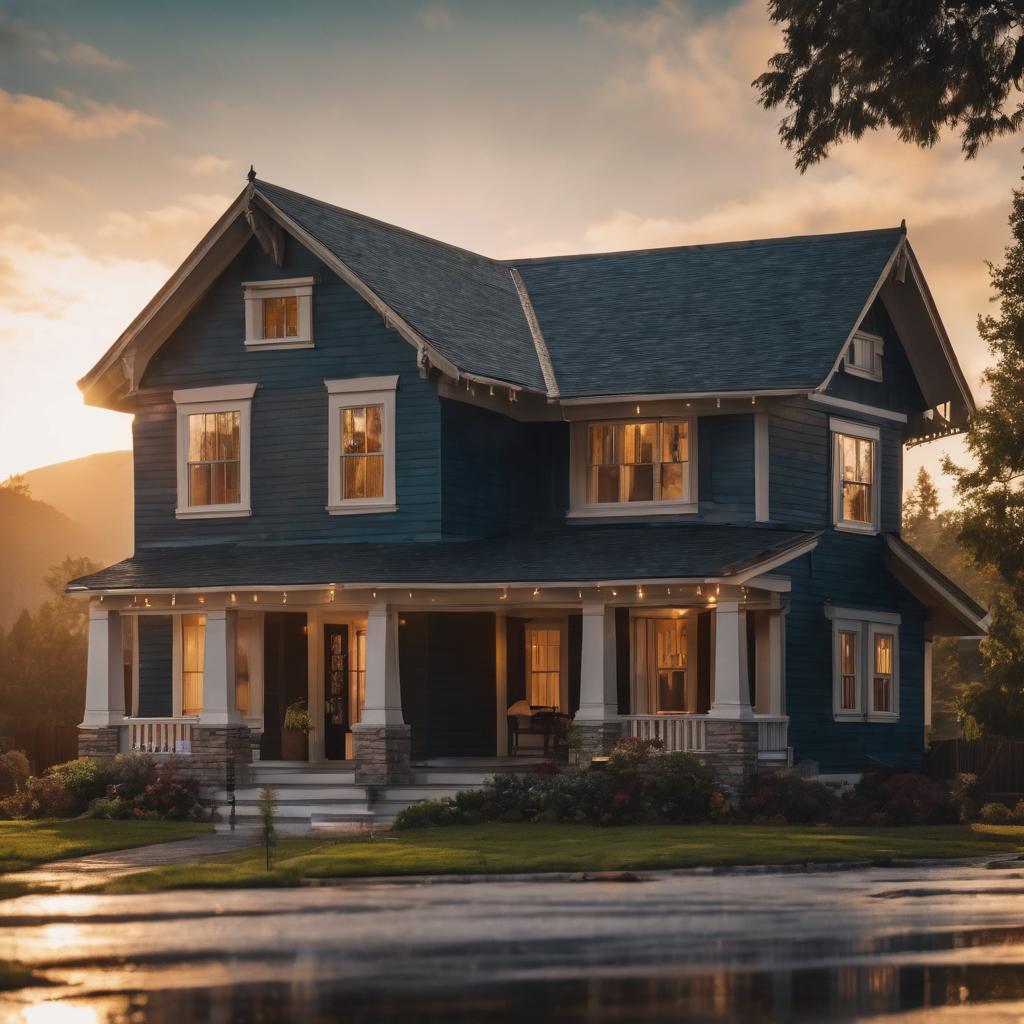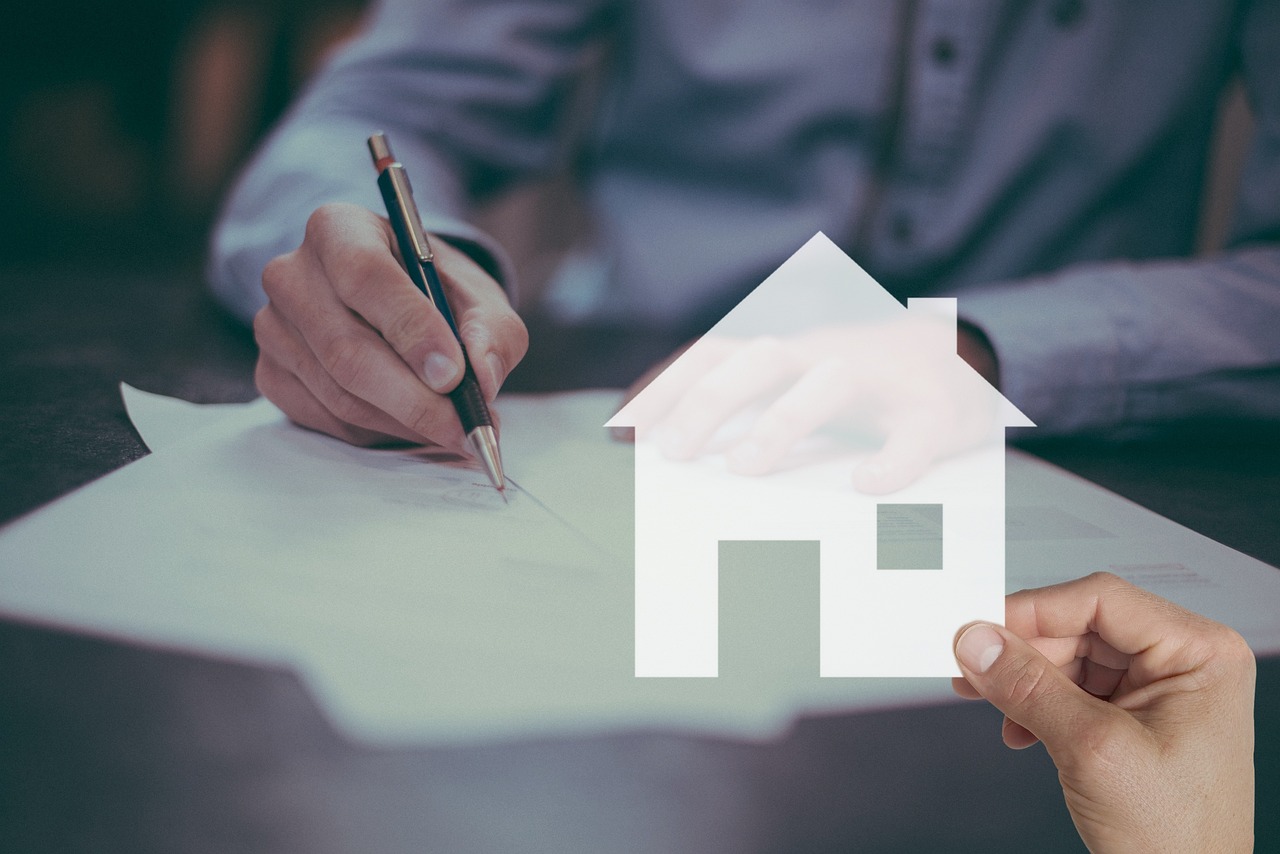How Changes in Your Home Impact Your Homeowners Insurance Coverage

Contents
- 1 Introduction
- 2 Adding a swimming pool
- 3 Putting in a new roof
- 4 Installing an alarm system
- 5 Putting in a new garage door
- 6 Expanding your home by adding a deck or second story
- 7 Moving to a new location that has higher risk of wildfires or flooding.
- 8 There are several ways to increase your insurance coverage.
- 9 Conclusion
Introduction
While homeowners are often content with the way their home looks, there are several ways to increase your insurance coverage. Adding a swimming pool or putting in a new roof may require an adjustment to your annual premium, but it can be worth it if you want to secure additional protection for your home. Read on for other ways that changes in your home could impact your premiums:
Adding a swimming pool
Swimming pools are a great way to cool off during the summer and provide hours of entertainment for the whole family, but they can also cause issues with your homeowners insurance. If you have one, it’s important to understand how changes in its condition may affect your premiums.
Swimming pools are considered a liability for homeowners because they can be dangerous if not properly maintained or supervised by adults. They’re also an issue because children and pets often play around them without realizing how quickly an accident could happen–and these accidents can be expensive!
If you have a pool and want to keep costs down on your premiums, make sure all safety measures are in place: fences around the perimeter (4 feet high), self-closing gates that lock automatically when closed (with latches at least 5 inches long), ladders with non-slip surfaces near exits; proper drainage systems; covers over all equipment when not in use (such as pumps).
Putting in a new roof
If you’re looking to install a new roof, there are several factors that will affect how much coverage you need. First, consider the cost of replacing the roof (and whether or not it would be beneficial). If your current one needs replacing anyway, then this expense may be covered by insurance. However, if it doesn’t need replacing yet but could soon due to age or poor condition–or if it’s still in good shape but just not worth repairing–you may want to consider saving up for future repairs yourself instead of paying for them now through home insurance.
Secondly: How much does installing a new roof cost? This depends on where you live and what kind of material is used; some materials come with higher premiums than others do because they’re more susceptible to damage from extreme weather conditions like hail storms or hurricanes (which can also mean lower deductibles). Finally: Is there anything else we should know about installing roofs? Yes! If someone has been living in their house for any length of time before moving out because they’ve decided not only not sell but also keep living there themselves after being evicted from another property owned by someone else who bought theirs first-hand without ever having lived there themselves either priorly ourselves ourselves ourselves ourselves ourselves ourselves ourselves ourselves ourselves us us us us us us us
Installing an alarm system
- Alarm systems can help you avoid theft and vandalism.
- They alert the police in case of a break-in.
- They help you get your home back in order after a disaster, like fire or flood damage.
- And they can also be used to protect your home from theft or vandalism by scaring away potential criminals before they have time to do any damage!
Putting in a new garage door
A garage door is a common point of entry for burglars. It provides protection for your car and other valuables, but it can also be an attractive target for thieves. If you install a new garage door, make sure to get the right coverage from your homeowners insurance company so that they’ll pay if someone breaks into or steals your new one!
Expanding your home by adding a deck or second story
Adding a deck or second story to your home can increase the value of it, but it will also increase the cost of homeowners insurance. In fact, adding even just one room can lead to an increase in premiums and deductibles.
If you’re going to be making any changes that would impact your coverage (such as adding a deck), then getting a quote from multiple companies is highly recommended because each company will have different rates based on their underwriting criteria and risk assessment process.
Moving to a new location that has higher risk of wildfires or flooding.
If you move to a new location that has higher risk of wildfires or flooding, your homeowners insurance coverage may increase accordingly. For example:
- If you move from Phoenix, Arizona to Santa Barbara, California–a city that is more susceptible to wildfires than Phoenix–your insurance company will likely increase the amount of coverage they provide for fire damage.
- Likewise, if you move from New York City (which has no history of major floods) to Miami Beach (which was devastated by Hurricane Irma), then your insurer may raise its flood protection as well.
There are several ways to increase your insurance coverage.
For example, adding a swimming pool to your home will likely trigger an increase in the amount of coverage you have. Similarly, installing an alarm system or replacing a garage door may also result in an increase. If you’re interested in making changes like this, it’s important for you to know how they might impact your homeowners insurance policy before making any major improvements.
Conclusion
When you’re looking to purchase a new home or make changes to your existing one, it can be helpful to know what impact those changes may have on your homeowners insurance. While not all homeowners will experience the same level of risk with each type of modification, there are some general guidelines that can help guide you through this process.








